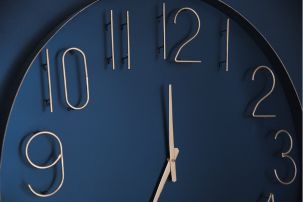Lesson summary
Students use Pi to calculate the area and volume of aluminium cans. They compare a range of methods to estimate the value of Pi.
Learning intentions:
Students will...
- analyse cylinders to establish formulas for surface area
- solve authentic problems.
Lesson guides and printables
Lesson details
Curriculum mapping
Australian Curriculum content descriptions:
Year 9 Mathematics:
- Calculate the surface area and volume of cylinders and solve related problems (ACMMG217)
Time needed: 50 min
Level of teacher scaffolding: Medium – encourage students to think outside the ‘square’ when trying to come up with creative solutions for circles
Resources required
- Washed aluminium cans
- Rulers
- Callipers
- Accurate measuring jugs or weighing scales
- String
- Protractors and any other equipment students might wish to try to solve their problems
- There’s an app for that: - Calculation of Pi
Assumed prior learning: Used compass, draw circles, measure length accurately, understands the concept of approximation, used different units of volume and weight, has used volume measuring flasks/cups
Skills
This lesson is designed to build students’ competencies in the following skills:
- problem solving
Additional info
Planet Ark’s National Recycling Week started in 1996 to bring a national focus to the environmental benefits of recycling. This highly regarded annual campaign continues to educate and stimulate behaviour change by promoting kerbside, industrial and community recycling initiative. It also gives people the tools to minimise waste and manage material resources responsibly at home, work and school. In partnership with Planet Ark, we have developed lessons from early learning through to year 10 to help educators bring these important topics into the classroom.
National Recycling Week is held in the second week of November each year but you can recycle all year-round with these lessons which were designed to be used at any time. Click here to find out more about National Recycling Week and the Schools Recycle Right Challenge.


Welcome back!
Don't have an account yet?
Log in with:
By signing up to Cool.org you consent and agree to Cool's privacy policy to
store, manage and process your personal information. To read more, please see
our privacy policy here(Opens in new tab).
Create your free Cool.org account.
Many of our resources are free, with an option to upgrade to Cool+ for premium content.
Already have an account?
Sign up with:
By signing up to Cool.org you consent and agree to Cool's privacy policy to
store, manage and process your personal information. To read more, please see
our privacy policy here(Opens in new tab).